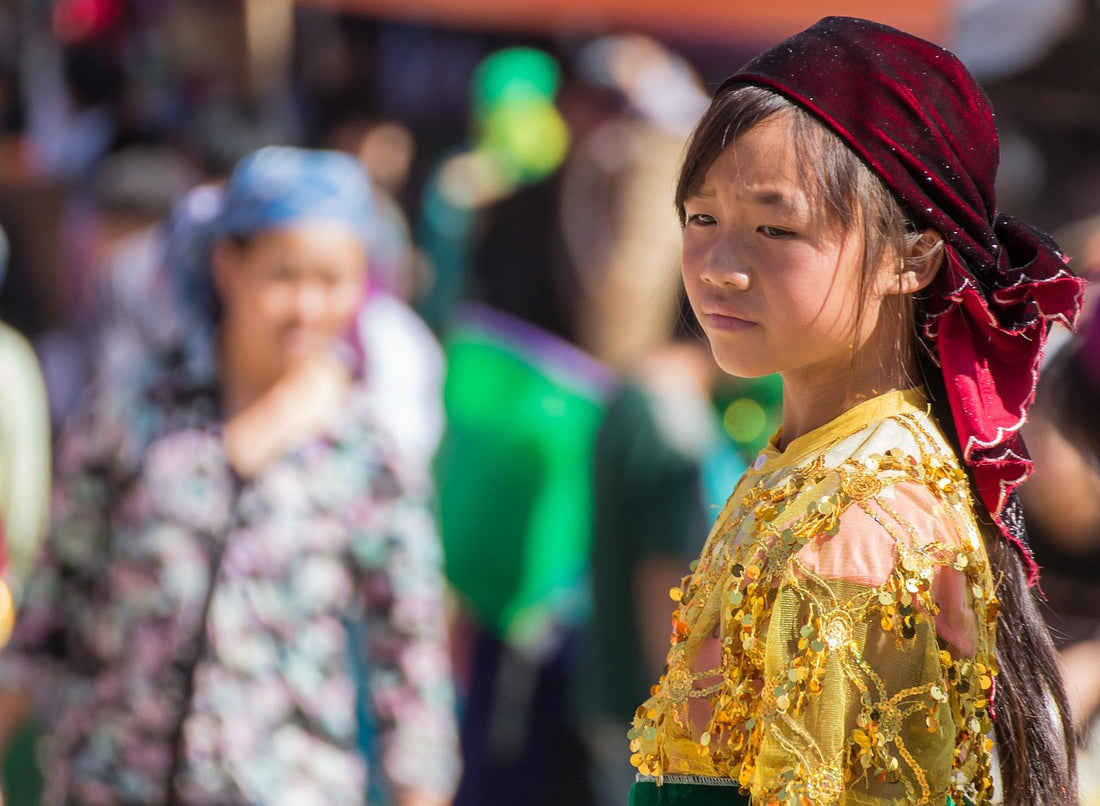
China's Ethnic Diversity: Exploring the Cultures of Minority Groups
China is a vast and diverse nation, home to 56 officially recognized ethnic groups. While the Han Chinese constitute the majority, the 55 minority groups contribute significantly to the country's rich cultural tapestry. This article delves into the fascinating world of China's ethnic minorities, exploring their unique traditions, languages, and ways of life.
The ethnic minorities in China are distributed across various regions, each with its distinct cultural identity. From the Tibetan people in the high-altitude plateaus to the Uyghurs in the northwestern Xinjiang region, and from the Zhuang in the south to the Manchu in the northeast, these groups have preserved their heritage despite the influences of modernization.
One of the most striking aspects of China's ethnic diversity is the variety of languages spoken. While Mandarin Chinese is the official language, many minority groups have their own languages and scripts. For instance, the Tibetan language uses a unique script derived from ancient Indian scripts, while the Uyghur language employs a modified Arabic script. These linguistic differences are not just a means of communication but also a repository of cultural knowledge and history.
Traditional festivals and rituals play a crucial role in the cultural life of minority groups. The Tibetan New Year, or Losar, is celebrated with vibrant dances, music, and religious ceremonies. Similarly, the Dai people's Water-Splashing Festival is a joyous occasion marked by water fights, symbolizing the washing away of bad luck and the welcoming of a prosperous new year. These festivals are not only a time for celebration but also an opportunity for the younger generation to connect with their cultural roots.
Art and craftsmanship are other significant aspects of minority cultures. The intricate embroidery of the Miao people, the delicate silver jewelry of the Yi, and the colorful batik fabrics of the Bai are just a few examples of the artistic excellence found among these groups. These traditional crafts are often passed down through generations, preserving ancient techniques and designs.
Despite the challenges posed by globalization and urbanization, efforts are being made to protect and promote the cultures of China's ethnic minorities. Government policies, cultural preservation programs, and tourism initiatives aim to safeguard these unique traditions while providing economic opportunities for minority communities. Museums, cultural villages, and festivals dedicated to minority cultures have become popular attractions, offering visitors a glimpse into the rich heritage of these groups.
In conclusion, China's ethnic diversity is a testament to the country's complex history and cultural richness. The minority groups, with their unique languages, traditions, and arts, contribute significantly to the nation's identity. As China continues to modernize, it is crucial to ensure that these vibrant cultures are preserved and celebrated, not just for their intrinsic value but also for the lessons they offer in diversity and coexistence.
No comments








0 comments